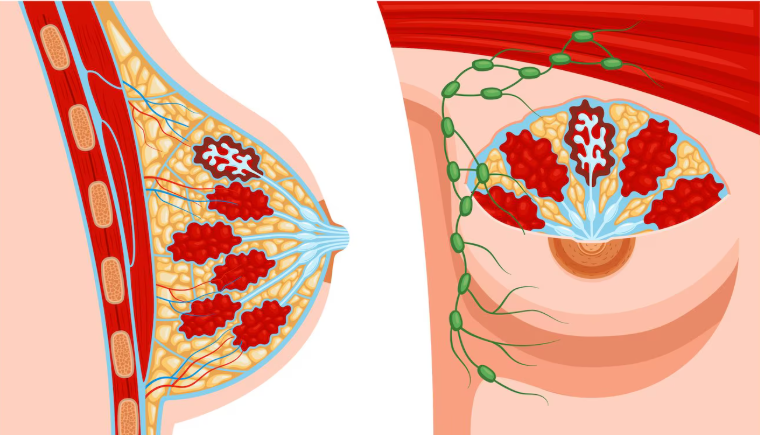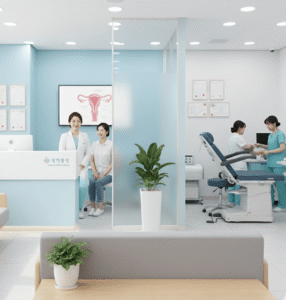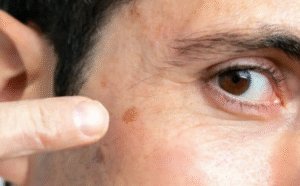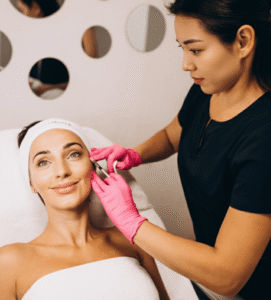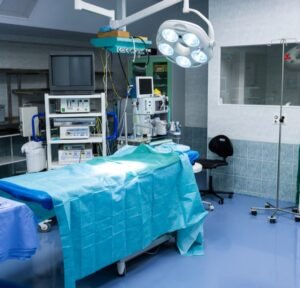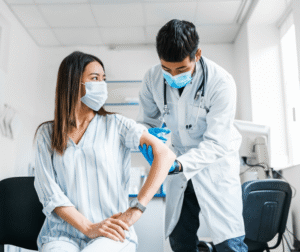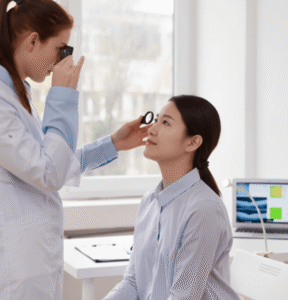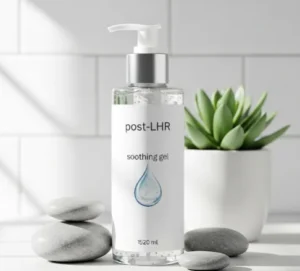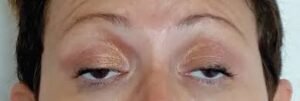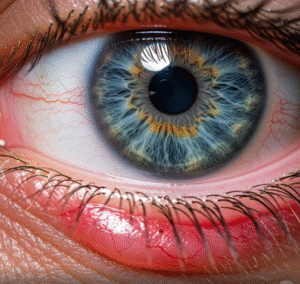What It Is
Nipple inversion correction is a surgical procedure that corrects inverted or retracted nipples, a condition where one or both nipples are pulled inward instead of projecting outward. This condition can be congenital or acquired due to breastfeeding, scarring, infections, or aging.
Correction involves releasing the underlying tight ducts or fibrous tissue and reshaping the nipple for a natural outward projection. In Korea, surgeons use minimally invasive techniques, microsurgical precision, and scar-minimizing methods to restore both appearance and function.
Why It’s Done
Patients undergo nipple inversion correction because:
- Inverted nipples cause self-consciousness or cosmetic concerns.
- Severe inversion interferes with breastfeeding.
- Hygiene issues or recurrent infections occur due to retraction.
- They want a balanced, natural breast appearance.
Good candidates include:
- Women or men with mild to severe nipple inversion.
- Patients in good health with realistic expectations.
- Those experiencing functional issues or cosmetic dissatisfaction.
Alternatives
- Non-surgical suction devices: May provide temporary correction for mild inversion but results are often not permanent.
- Observation: In mild, non-problematic cases.
- Breast augmentation or lift: Sometimes combined with correction for overall enhancement.
Preparation
Before nipple inversion correction in Korea, patients will:
- Undergo consultation and physical examination to grade the severity of inversion.
- Discuss desired outcomes and possible preservation of ducts if breastfeeding is a priority.
- Stop smoking and alcohol 2–4 weeks before surgery.
- Avoid blood-thinning medications and certain supplements.
- Plan for minimal downtime, as recovery is typically quick.
How It’s Done
- Anesthesia: Local anesthesia with sedation is usually sufficient; general anesthesia for complex cases.
- Incision: Small incisions are made at the base of the nipple.
- Correction: Fibrous tissue or tight ducts are released to allow outward projection. In some cases, ducts are preserved for future breastfeeding.
- Reshaping: Internal sutures support the nipple in its corrected position.
- Closure: Fine sutures minimize scarring.
- Duration: 30–60 minutes, usually outpatient.
Recovery
- First week: Mild swelling, tenderness, and bruising are expected.
- Dressings: Light dressings or protective shields may be used to maintain nipple projection.
- Return to activities: Most patients resume daily activities in 1–2 days; avoid strenuous activity for 1–2 weeks.
- Final results: Stable nipple projection achieved within weeks, with minimal to no visible scarring.
Possible Complications
- Recurrence of inversion if ducts or tissue contract again.
- Loss of ability to breastfeed if ducts are cut (depends on surgical method).
- Temporary or permanent changes in nipple sensation.
- Asymmetry between nipples.
- Rare risks: infection or delayed healing.
Treatment Options in Korea
Diagnosis
Korean surgeons use physical examination and grading of inversion severity to determine whether ducts should be preserved or released during surgery.
Medical Treatments
- Non-surgical suction devices or nipple shields for mild inversion.
- Topical care and hygiene management for patients not ready for surgery.
Surgical or Advanced Therapies
- Duct-preserving correction for patients wishing to maintain breastfeeding ability.
- Complete duct release for severe inversions where appearance is the priority.
- Internal support sutures to maintain long-term projection.
- Combination with breast augmentation or lift for aesthetic refinement.
Rehabilitation and Support
- Postoperative scar management with silicone gels or laser therapy if needed.
- Regular follow-ups to monitor projection stability.
- Guidance on hygiene, nipple care, and lifestyle for long-term results.
- International patients benefit from Korea’s microsurgical expertise, aesthetic precision, and comprehensive aftercare services.

